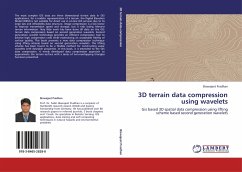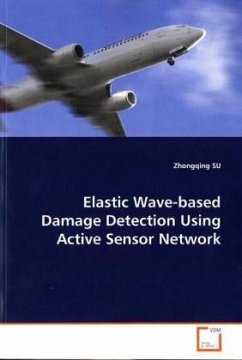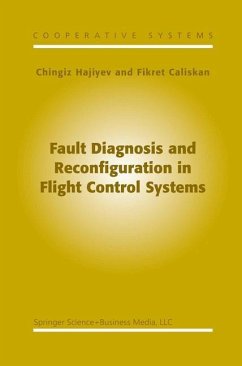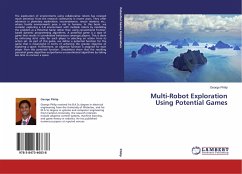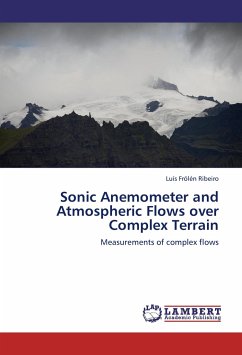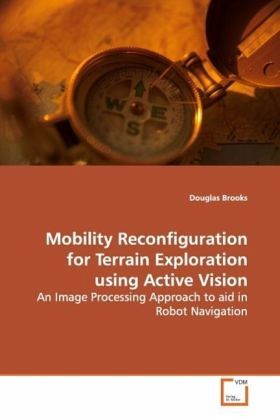
Mobility Reconfiguration for Terrain Exploration using Active Vision
An Image Processing Approach to aid in Robot Navigation
Versandkostenfrei!
Versandfertig in 6-10 Tagen
32,99 €
inkl. MwSt.

PAYBACK Punkte
16 °P sammeln!
The ability of robotic units to navigate various terrains is critical to the advancement of robotic operation in real world environments. Next generation robots will need to adapt to their environment in order to accomplish tasks that are either too hazardous, too time consuming, or physically impossible for human-beings. Such tasks may include accurate and rapid explorations of various planets or potentially dangerous areas on planet Earth. This book investigates a navigation control methodology for a wheel-legged robot based on active vision. The method presented is designed to control the r...
The ability of robotic units to navigate various
terrains is critical to the advancement of robotic
operation in real world environments. Next
generation robots will need to adapt to their
environment in order to accomplish tasks that are
either too hazardous, too time consuming, or
physically impossible for human-beings. Such tasks
may include accurate and rapid explorations of
various planets or potentially dangerous areas on
planet Earth. This book investigates a
navigation control methodology for a wheel-legged
robot based on active vision. The method presented
is designed to control the reconfigurability of the
robot (i.e. control the usage of the wheels and
legs), depending upon the obstacle/terrain, based on
perception. Surface estimation for robot
reconfigurability is implemented using a region
growing method and a characterization and
traversability assessment generated from camera
data. As a result, a mathematical approach that
directs necessary navigation behavior is implemented
to control robot mobility. The analysis and results
should be useful to professionals interested in the
future of Robotics and its potential impact on society.
terrains is critical to the advancement of robotic
operation in real world environments. Next
generation robots will need to adapt to their
environment in order to accomplish tasks that are
either too hazardous, too time consuming, or
physically impossible for human-beings. Such tasks
may include accurate and rapid explorations of
various planets or potentially dangerous areas on
planet Earth. This book investigates a
navigation control methodology for a wheel-legged
robot based on active vision. The method presented
is designed to control the reconfigurability of the
robot (i.e. control the usage of the wheels and
legs), depending upon the obstacle/terrain, based on
perception. Surface estimation for robot
reconfigurability is implemented using a region
growing method and a characterization and
traversability assessment generated from camera
data. As a result, a mathematical approach that
directs necessary navigation behavior is implemented
to control robot mobility. The analysis and results
should be useful to professionals interested in the
future of Robotics and its potential impact on society.



